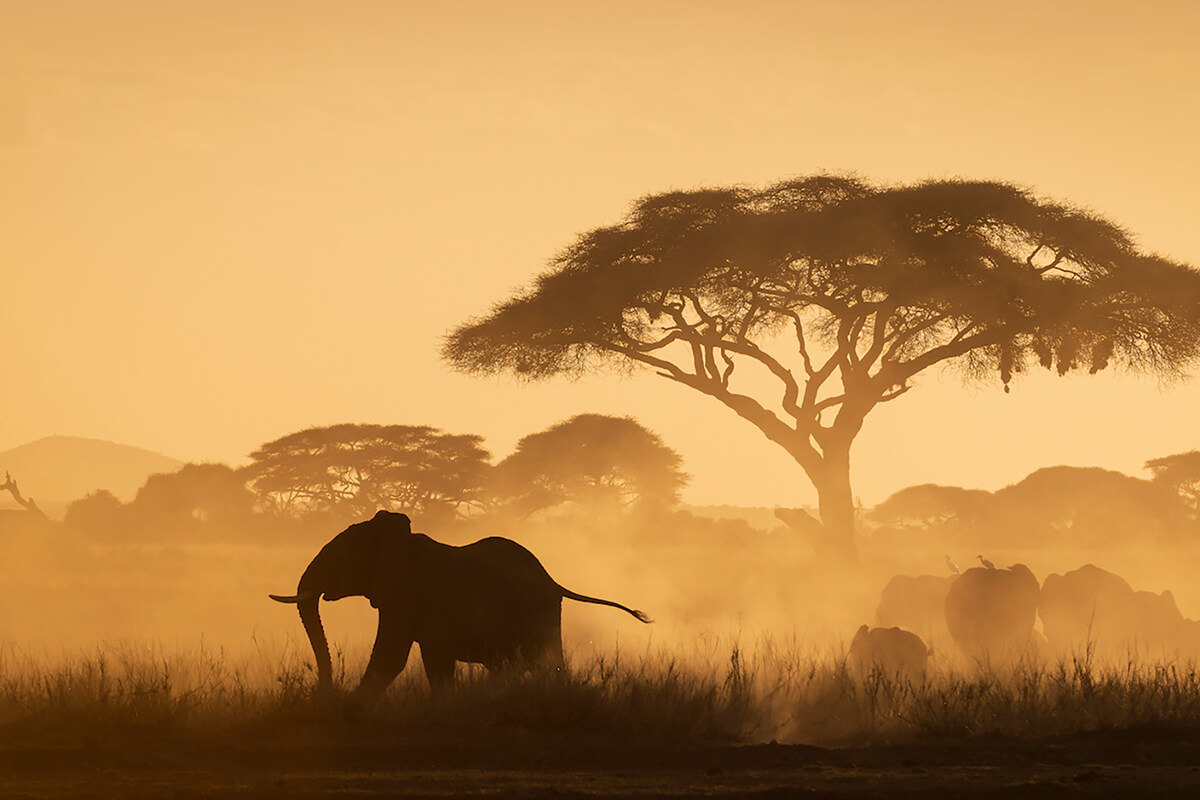INTERVIEW
A Disappearing World
WITH TURGAY UZER
AN INTERVIEW WITH TURGAY UZER
“Today’s wildernesses will vanish in the next few decades and therefore I am mindful that with each frame I am recording memories of wild places and things, and being a witness to extinction. But who knows? Perhaps I can inspire others to conserve the little that is left.”
Turgay Uzer won 1st Prize in our recent Animal Kingdom competition with a dramatic image of gelada monkeys in Ethiopia’s Simien Mountains, and which judge Petros Koublis described as “a really wonderful composition that utilizes every inch of the frame.”, with depth and a sense of wonder.
Keen to know more about the image, Turgay’s route into wildlife photography, and his dream wildlife trips, we put some questions to him. His answers – covering his upbringing in Germany, his first trip to Africa and his impossible animal photography dream – are well worth your time.
Turgay, congratulations on winning our Animal Kingdom competition! Where do we find you in the world? Please introduce yourself in a few words…
I have lived in Atlanta, USA for the last forty years. I am a native of Ankara, Turkey. Quite soon after my birth in 1952 I started in film photography with the help of my father. I came to the USA for graduate study fifty years ago. After graduating from Harvard I taught physics at Atlanta’s Georgia Institute of Technology, from which I retired in 2019 to devote myself seriously to photography. My favorite travel destinations are Zambia’s South Luangwa Valley, Botswana’s Okavango Delta, Zimbabwe’s Mana Pools, Brazil’s Pantanal, and the South Georgia Archipelago. My favorite animal subjects are big cats and wild dogs. I favor animal-in-habitat images as well as close-up portraits with eye contact – not an easy task since eye contact with wild animals tends to be fleeting.
Can you tell us a little more about your winning shot and the circumstances behind it?
The subject of my photo, gelada monkeys, roam northern Ethiopia’s Simien highlands in huge herds. They are used to humans but keep their distance from us because of bad experiences with farmers whose crops they raid. Their leonine manes and big canines make them photogenic, therefore gelada images are not rare by any means. My purpose was to show them in their stunning habitat since those canyon lands are a sight in themselves.
I looked for a background where cliff walls opened up like a theater curtain to reveal the magnificent backdrop of deep canyons and mesas. This scene would turn any geladas into actors on a stage — but would they step into my shot? As the great street photographer Jay Maisel says optimistically: “Find the stage, and the actors will come”! And they did: A magnificent male and a few females, who were not hyperactive yet and posed long enough for me to take the shot.
Ethiopia must be a wonderful place for a wildlife photographer. Were there other highlights from the trip?
Ethiopia is indeed a photographer’s paradise because it has something for everyone. Culturally, it is one of oldest Christian countries in the world where the Christianity of antique Egypt is still alive and well. I experienced this firsthand when I found myself transported to the Middle Ages in the historic town of Lalibela where Easter services were running around the clock in the rock-hewn churches. The country is also very rewarding for photographers interested in aboriginal tribes, many of whom still cling to their ancient cultures. Ethiopia’s landscapes are breathtaking, like the Simien Mountains which rival the canyon lands of the American West. Wetlands in the west, mountains in the north and rainforests in the south have blessed the country with amazing wildlife.
But that is not all. Ethiopia is also rich in wildlife which cannot be found anywhere else. The gelada monkeys are one such species. They share the peaks of the Simien mountains with the Walia ibex, a highly endangered majestic mountain goat. The Ethiopian Wolf (canis simensis), the rarest member of the dog family, and Africa’s most threatened carnivore clings to life in the Bale Mountains of southeastern Ethiopia. This animal could be the poster child for the workings of evolution: Its ancestor, a variety of grey wolf, crossed over from Eurasia during the Pleistocene period less than 100,000 years ago when sea levels were lower and Africa and the Middle East were connected. At that time, the highlands of Ethiopia were predominantly Afroalpine grasslands and heathlands ideal for small mammals, particularly grass rats and mole rats. The abundance of rodents drove the Ethiopian wolf’s evolution morphologically into a specialized rodent hunter with an elongated muzzle and a distinctive reddish coat, with white markings and a darker tail tip. Consequently, today this former grey wolf looks deceptively like a red fox!
The world’s entire Ethiopian Wolf population is marooned on just six isolated “islands in the sky” in the Ethiopian highlands. With a total population of between 400 to 500 individuals, extinction is only a question of time: Rapidly expanding cattle and crop farming and diseases such as rabies and canine distemper transmitted from domestic dogs are taking their toll on them every year.
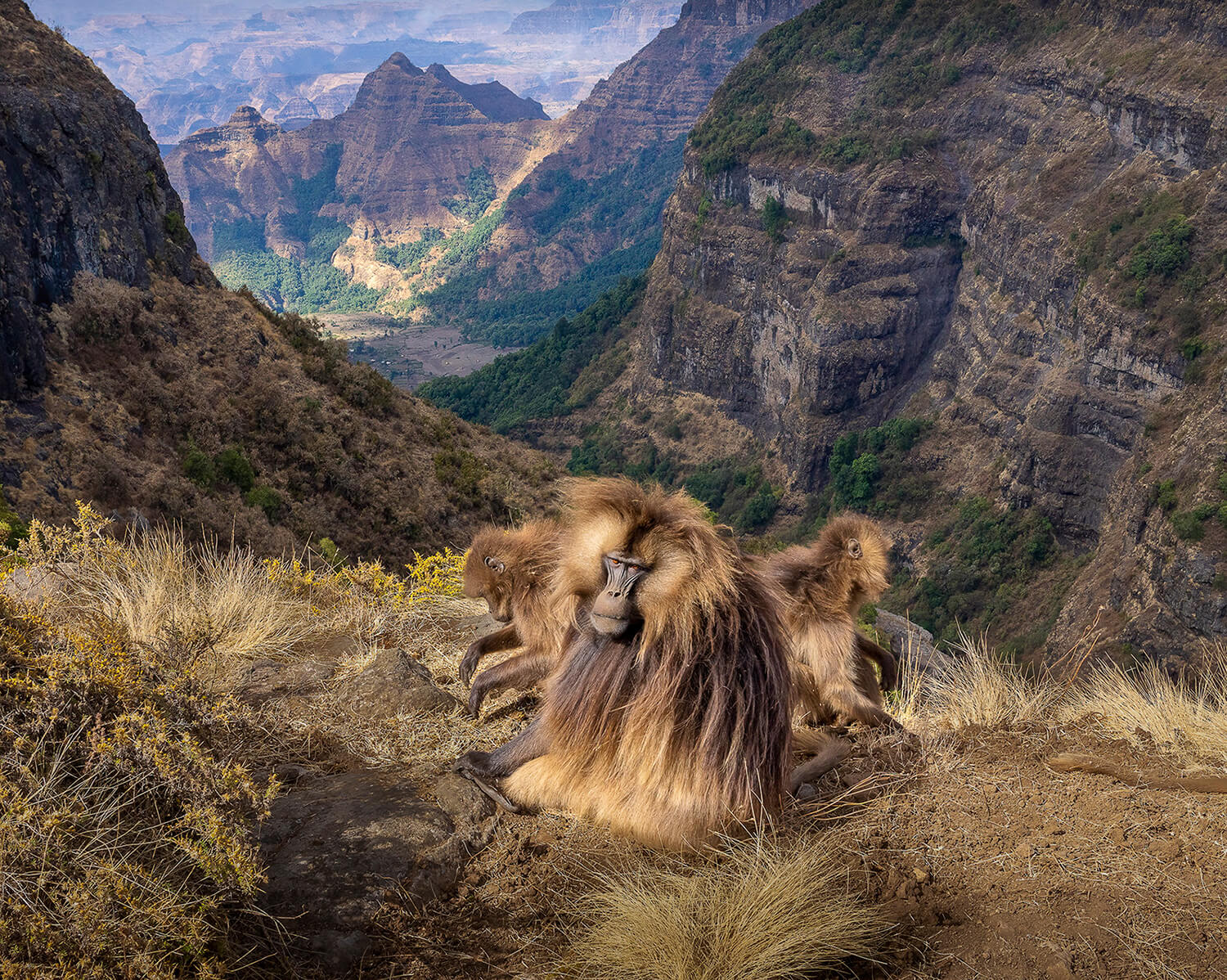
GELADAS ON THE ROOF OF AFRICA. TURGAY’S WINNING ANIMAL KINGDOM IMAGE
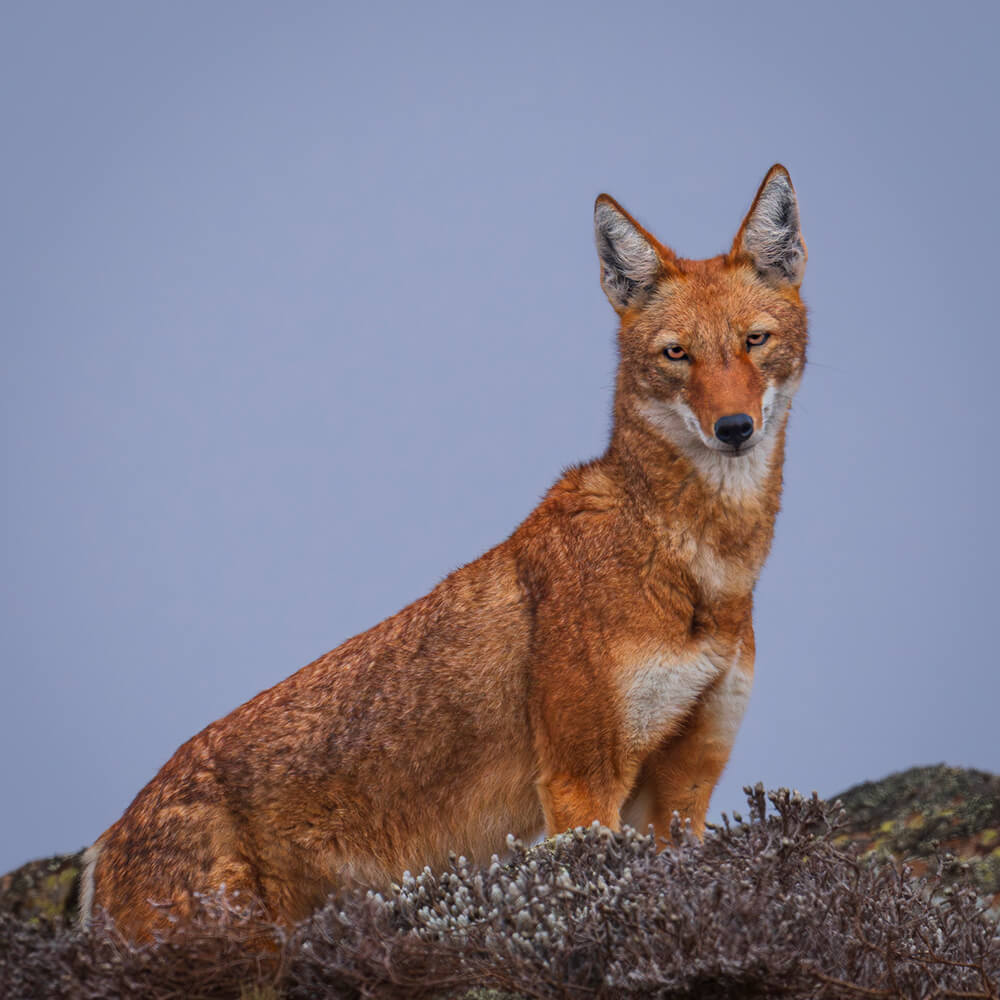
ETHIOPIAN WOLF
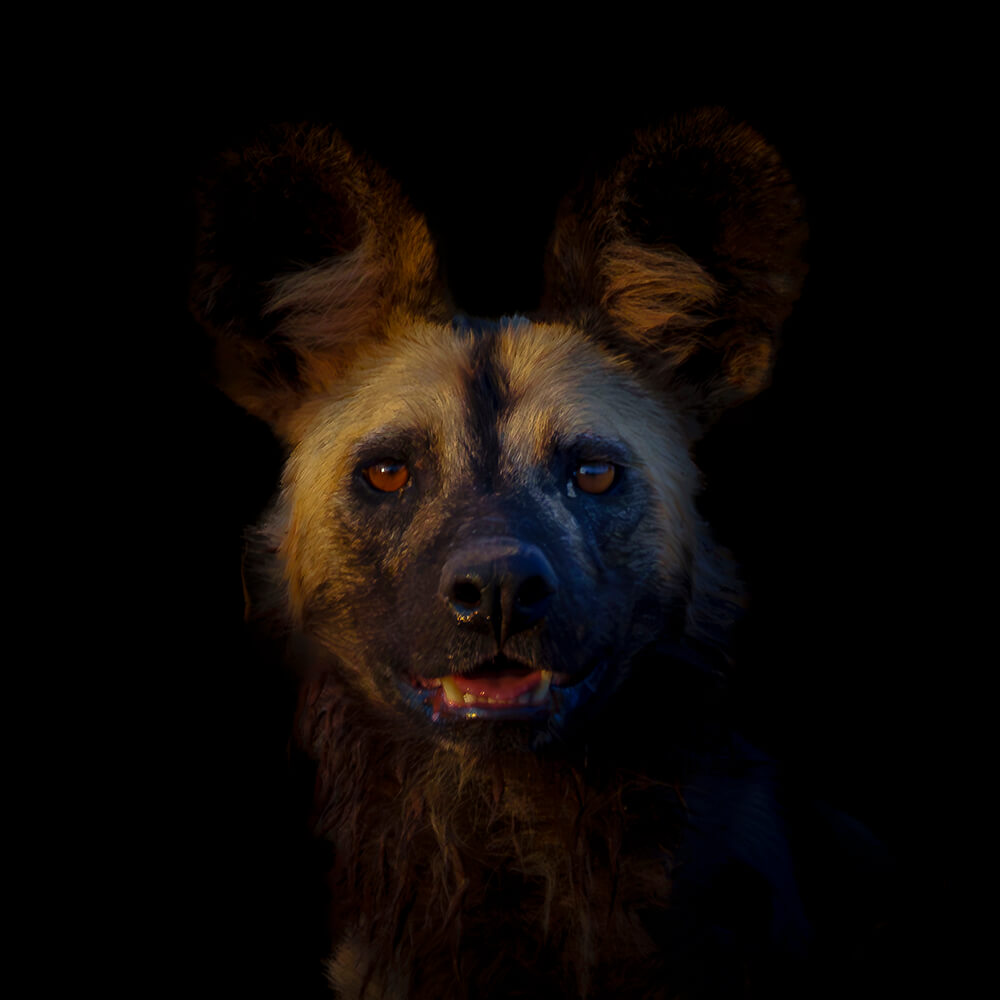
AFRICAN WILD DOG

JAGUAR
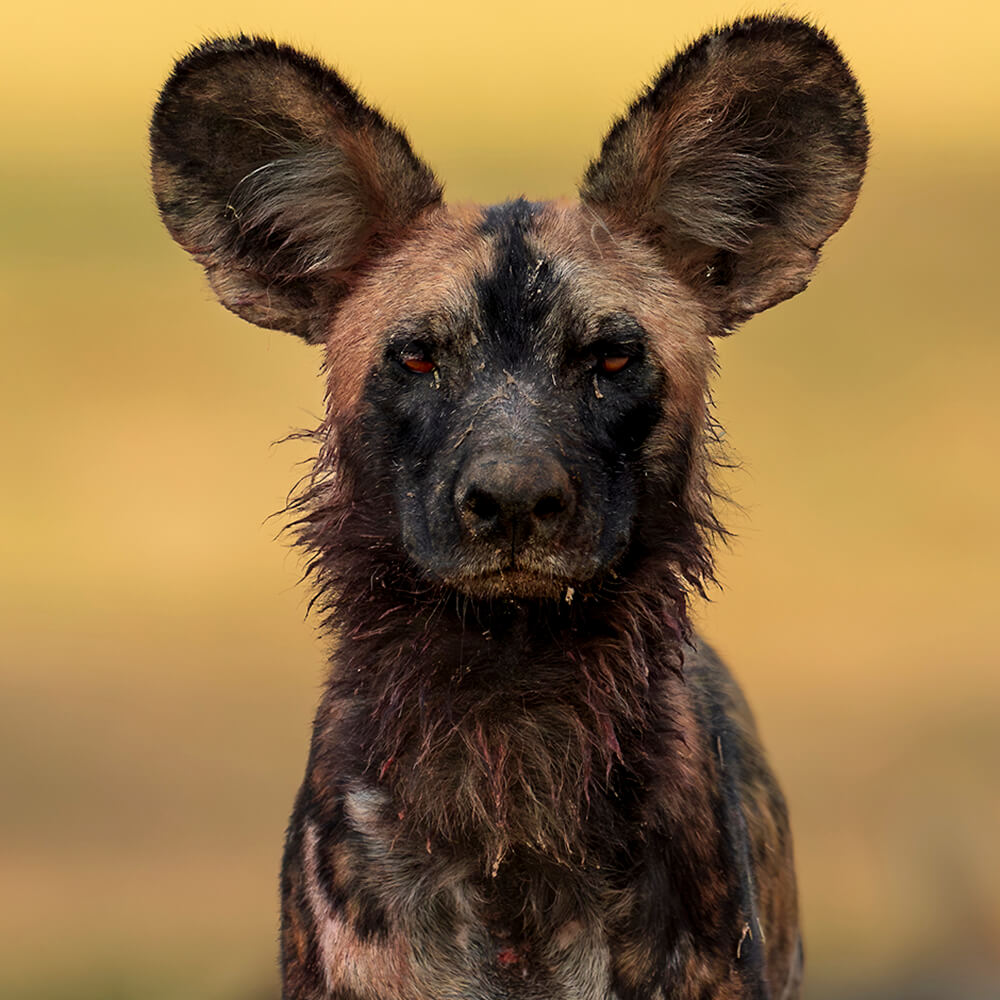
AFRICAN WILD DOG
Where did your interest in wildlife photography come from? Was there a moment when it really started to click and become a passion for you?
Photography was all around me while I was growing up: My father was an enthusiastic photographer, therefore my early life is well documented. Those were the days of black and white film photography, of course. Photographs were taken on every occasion, special or not, collectively admired and then lovingly pasted into handsomely bound albums which became the centerpieces of any living room. In the early Sixties, my father’s university sent him to Germany for further training, and his first big purchase was a classic Rolleiflex camera – the kind which you hang around your neck and look down into the viewfinder. He taught me how to operate it, from putting in the film to choosing the settings. I still have this camera and it works flawlessly, the only challenge being finding a lab to develop the photos these days!
Television was another innovation in our lives in Germany. You see, in Turkey the all-powerful government of the time had decided that television was a luxury for a poor country like Turkey. Therefore I watched German TV voraciously but never with more enthusiasm than when wildlife documentaries were on – which was all the time. One wildlife series stood out, namely the films of the zoologist Bernhard Grzimek and his son Michael. Their long film “Die Serengeti Darf Nicht Sterben” (“The Serengeti Must Not Die”) documented wildlife in this most magnificent region of Africa. In its color version, it played to full houses in movie theaters, and to this day you can find it on YouTube. It is a splendid and at the same time melancholy souvenir of a vanished world. Fast forward sixty years: Lion populations have collapsed, elephants are endangered and rhinos have disappeared from East Africa. Little did I know that later in life I’d be photographing what is left of this almost-lost world — but more about that later.
Visiting the Africa I had seen in those wildlife reels seemed a distant dream while I was working. Finally, an opportunity came up for a brief visit to Kenya’s Maasai Mara Conservancy. This area is famous among animal photographers for its richness of wildlife. It is a small corner of the Serengeti, which colonial politics has placed in Kenya. I took digital snapshots without any profound thoughts — I was merely recording what I saw. Once home, I was astonished at the high quality of the photos, but the “eureka” moment came when someone showed me how Photoshop could bring a badly underexposed elephant photo back to life. I still remember how excited I was as the software revealed all the folds of the elephant’s skin. It was like wiping a dirty window and seeing the beautiful landscape hidden behind it. Life was not the same after that revelation!
Over the years I squeezed a few visits to Africa into my university teaching schedule. Gradually I realized what moved me: Wouldn’t it be great, I thought, if I could capture the essence of an animal by the way it looked at me? Close-up portraits of animals is a difficult genre of photography because it requires you to get close to the animals – or if you can’t, use lenses with long reach. And a great deal of time and patience. Both of which I had after retirement.
Initially, I was not driven by any profound agenda in my photography. I was simply recording memories: Time stood still in those images. Little did I know, however, that I was recording a disappearing world. Just as the world of the Grzimeks has vanished in the last sixty years, today’s wildernesses will vanish in the next few decades since it is increasingly difficult to keep up with the destruction of wild places and wildlife. What’s here today may be gone tomorrow! Therefore I am mindful that with each frame I am recording memories of wild places and things, and being a witness to extinction. But who knows? Perhaps I can inspire others to conserve the little that is left.
Tell us a little bit about your photographic approach. Do you have particular techniques, processes, philosophies that you follow when out in the wild?
Ideally, I try to pre-visualise the image as I approach a photo opportunity. This is easier said than done because wildlife photography is mostly long, dull stretches when nothing happens, punctuated by moments of panic when everything happens at once! Observing the scene helps you decide whether to take a portrait, animal-in-habitat, or an action shot. Each one requires a different lens. These and other decisions (like searching for a better background, or more interesting lighting) have to be done lightning-fast…and vigilantly, because even if you are working in the Sahara, there will be a thin stalk of grass right in front of the animal’s face!
Philosophically, I see wildlife photography as the ultimate exercise in mindfulness: You must be fully present in the here and now. There is just you and your subject. Nothing else matters. Nothing else should matter— not until the moment is gone.
You’ve shot in Antarctica, India, Zimbabwe, Gabon, Turkey, Bolivia, and I’m sure many other places. What has been the highlight so far? And are there any bucket list destinations you’re yet to get to, or perhaps species you’re yet to document?
I have a dream: To photograph the Mediterranean Monk Seal. This is one of the rarest animals living today. They number only about 200, most living in the Aegean Sea between Greece and Turkey. It is a very special survivor considering that its home is one of the most polluted seas in the world and it lives off fish in its overfished waters. A seals go, it is huge (up to 3m long), and when hungry, resorts to crime, trying to steal from fishing nets. These human-animal conflicts never end well for the seal. Moreover, it needs secluded sea caves to breed. Imagine trying to find an undiscovered, secluded sea cave in the over-touristy Mediterranean! Having said all this, they are occasionally spotted in fishing ports, driven there by curiosity and hunger. Barring such strokes of luck, randomly searching for them is a “needle-in-a-haystack” type of fool’s errand. People who know their caves (mostly well-meaning environmentalists) are very protective of the seals’ whereabouts and are no help to photographers. I must count on being lucky to be in the right place at the right time. In other words: This may well be an impossible dream!
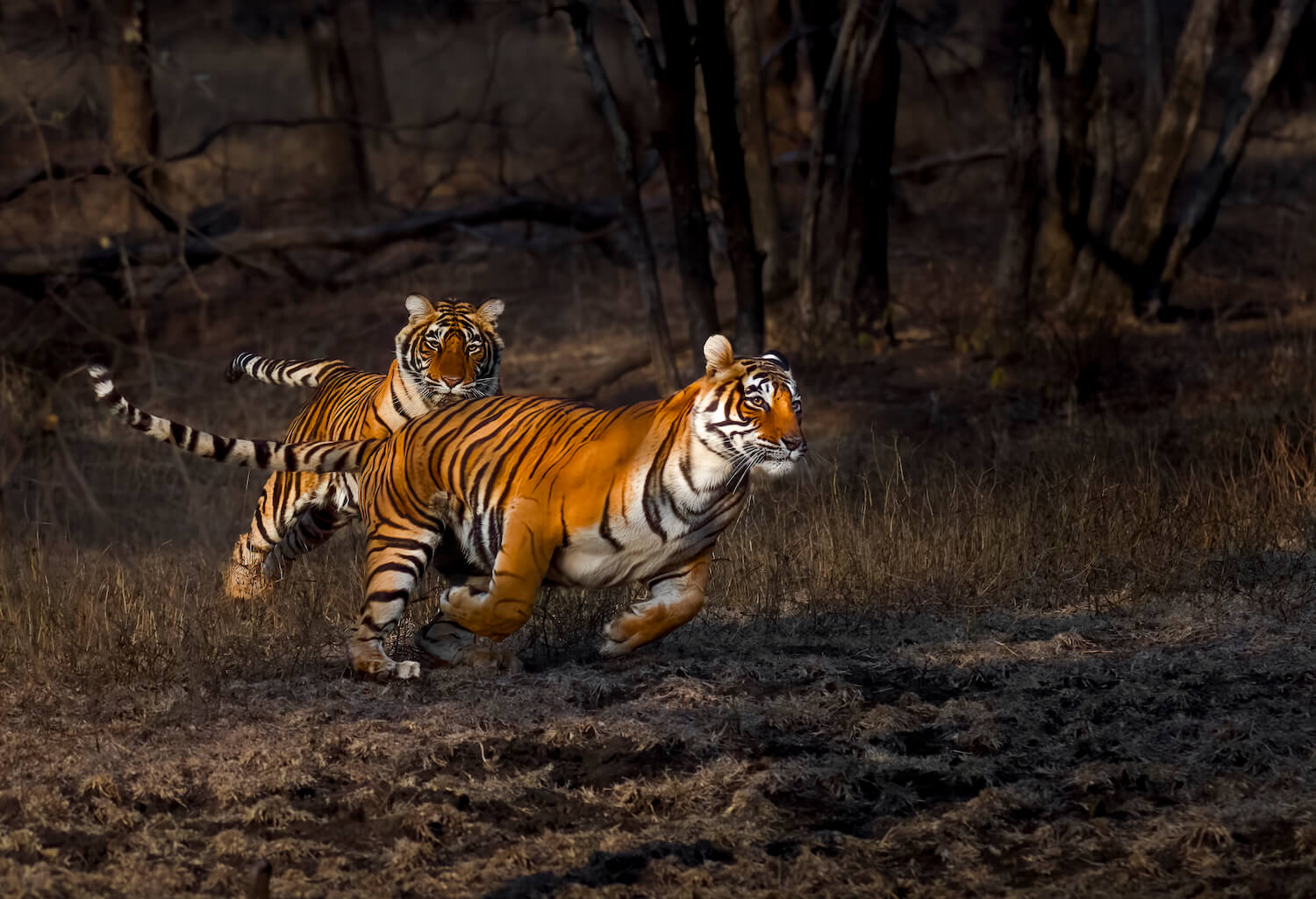
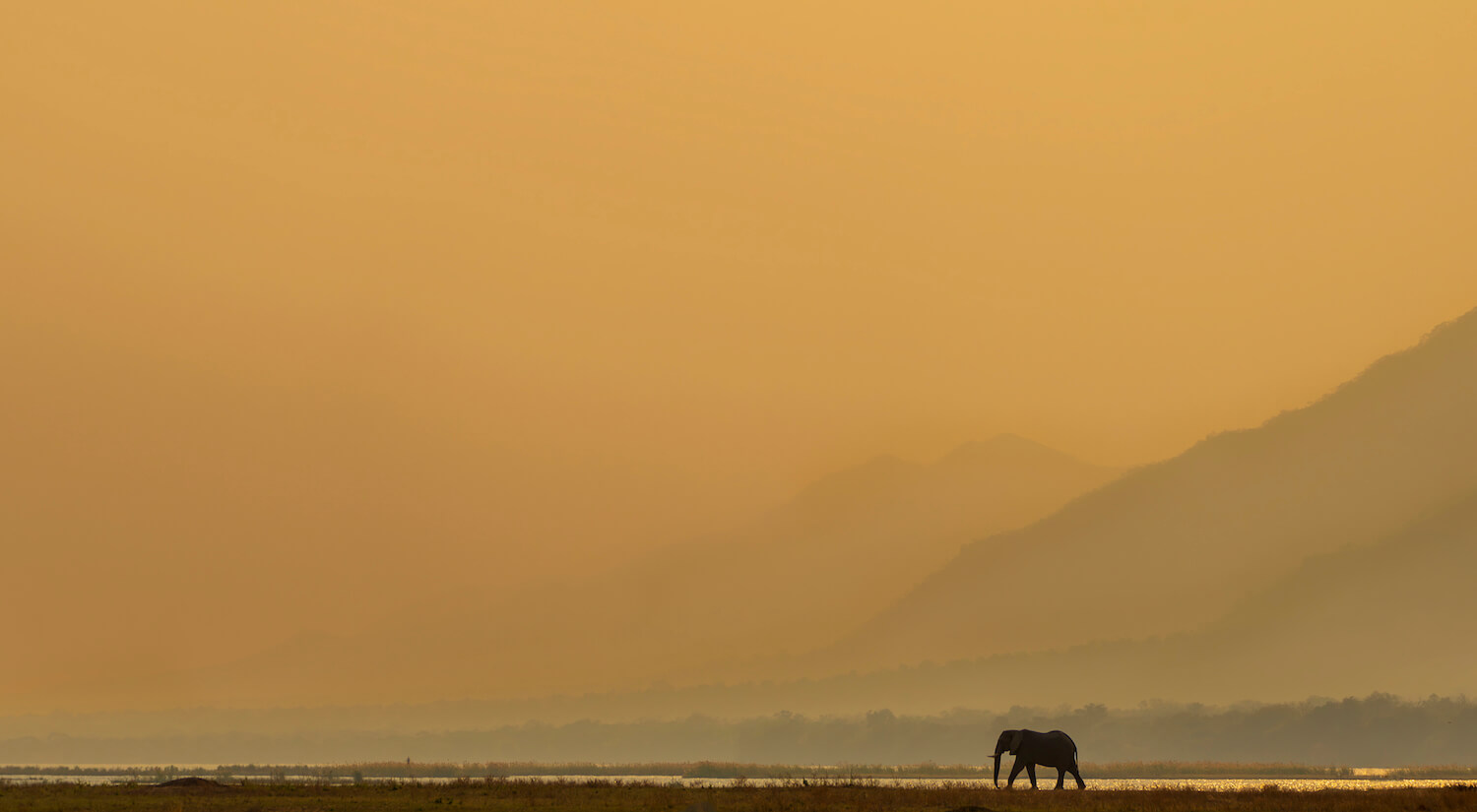
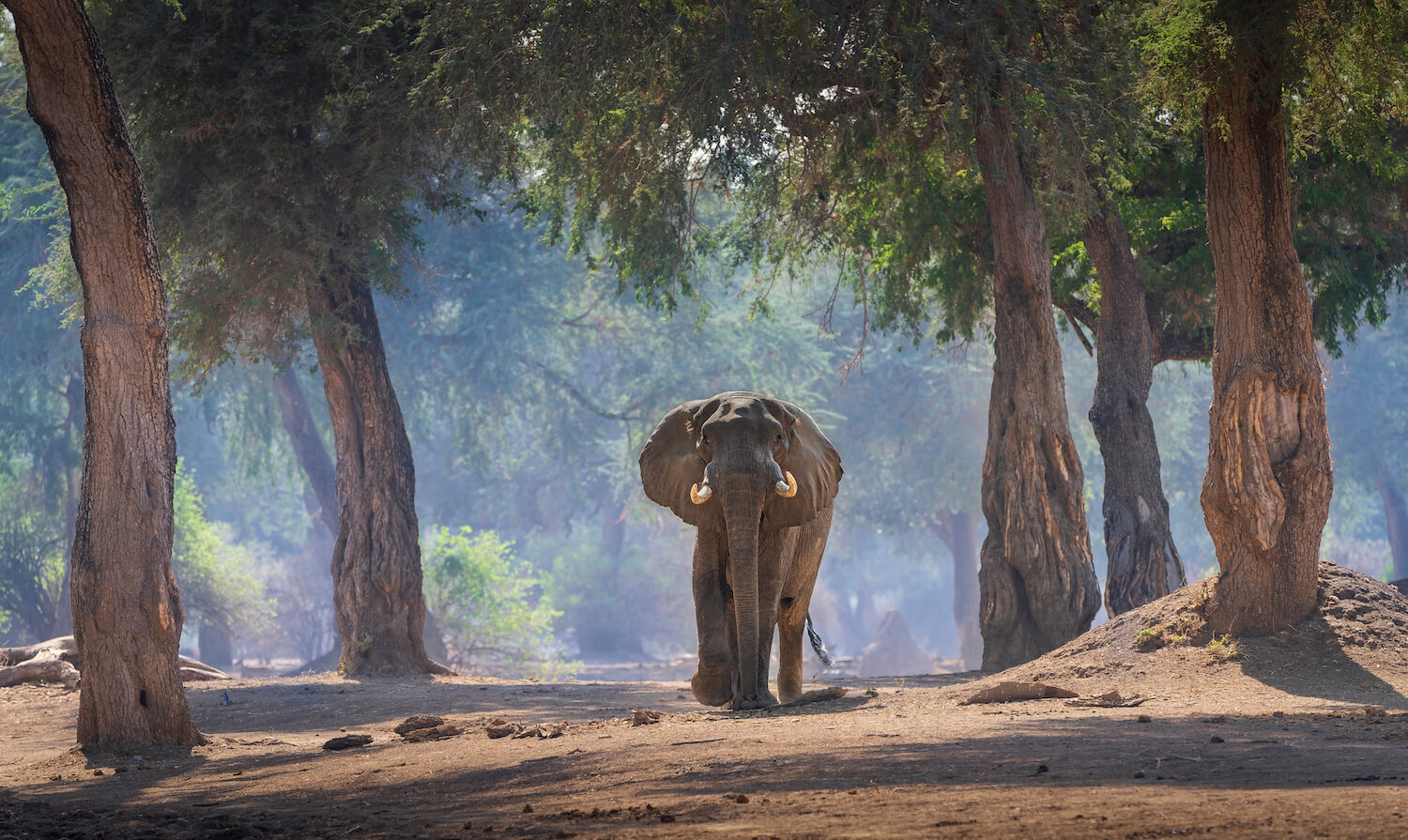
With us all being inundated with imagery these days, what makes for a really special wildlife image?
You have a special frame if you can capture the essence of the animal into one shot. Top photographers can communicate “what it is like to be that animal” to the viewer. This can be done through eye contact with the animal, or the animal being itself in its own habitat, perhaps not aware of you, or indifferent to you. The recipe sounds straightforward, but it is very difficult in practice.
Who or what inspires you, inside and outside of photography?
The paintings of Caravaggio, Rembrandt and Goya inspire me. These masters had a specific way of telling a story, inspiring a mood through selective lighting of the subject. They used contrasts of light and shadow as a modeling technique for achieving the illusion of plasticity and three-dimensional volume in a two-dimensional image. I have been drawn to this style (“Chiaroscuro”- “dark and light”) without realizing it until a prominent photographer told me that I had a style and that was chiaroscuro! Scales fell off my eyes that day!
Do you have a particular favourite shot? Perhaps a recent one you’re especially proud of? Can you talk us through it?
My all-time favorite image consists of a leopard eye seen through a tiny keyhole opening in a dense thicket—the eye is almost disembodied on the canvas. The animal is looking up intently, not knowing or not caring that I am there. The result is reality and abstraction at the same time, and shows a leopard being itself, without the distracting clutter of a conventional shot.
Here’s the back story: I took it in Zambia’s South Luangwa National Park which is famous for its abundance of leopards. Abundance, however, does not mean that leopards are easy to find! My guide Jacob Shawa, a master of his craft, detected the animal through the bushes and alerted me. It turns out that the cat was hiding under a thick bush and looking up at a kill it had hoisted up a tree branch. It was checking that the kill was still there—thus the upward gaze.
There is more: During a visit to Madrid’s Prado Museum I was stunned to realize why I liked my leopard photo so much — it was as if I was channeling one of Goya’s paintings! The Dog (Spanish: El Perro) or “Perro Semihundido” shows the head of a dog gazing upwards. The dog itself is almost lost in the vastness of the rest of the image, which is empty except for a dark sloping area near the bottom of the picture: an unidentifiable mass which conceals the animal’s body. The Prado’s explanation for the painting opines that the dog is in distress, quite literally, drowning. The Dog is one of Goya’s Black Paintings, which he painted directly onto the walls of his house sometime between 1819 and 1823 when he was in his mid-70s, living alone and suffering from acute mental and physical distress.
What’s the best piece of advice you’d pass on to your younger self if you could?
Trust your instinct! I started out unaware that I had one, and later doubting that it was the right one. Because of this doubt I ended up missing many fascinating, rewarding shots in my early photographic work. Often I would sense that there was something there, but I couldn’t rationalize it. That was my instinct at work. These days I rely on it completely.
And finally, what will we see from you and what do you hope for in 2025?
Lately I have been struck by the stories people can tell using drones. These devices have opened up a whole world of animal behavior that stills cannot capture, like wild dogs hunting. I have been particularly struck by the recent work of Bertie Gregory for National Geographic. I would love to learn how to do this! I am also very impressed by the fast frame rates of the newest cameras, which, once more, are opening worlds of animal behavior which is inaccessible to slower cameras. I am planning to spend more effort in action photography in coming years.
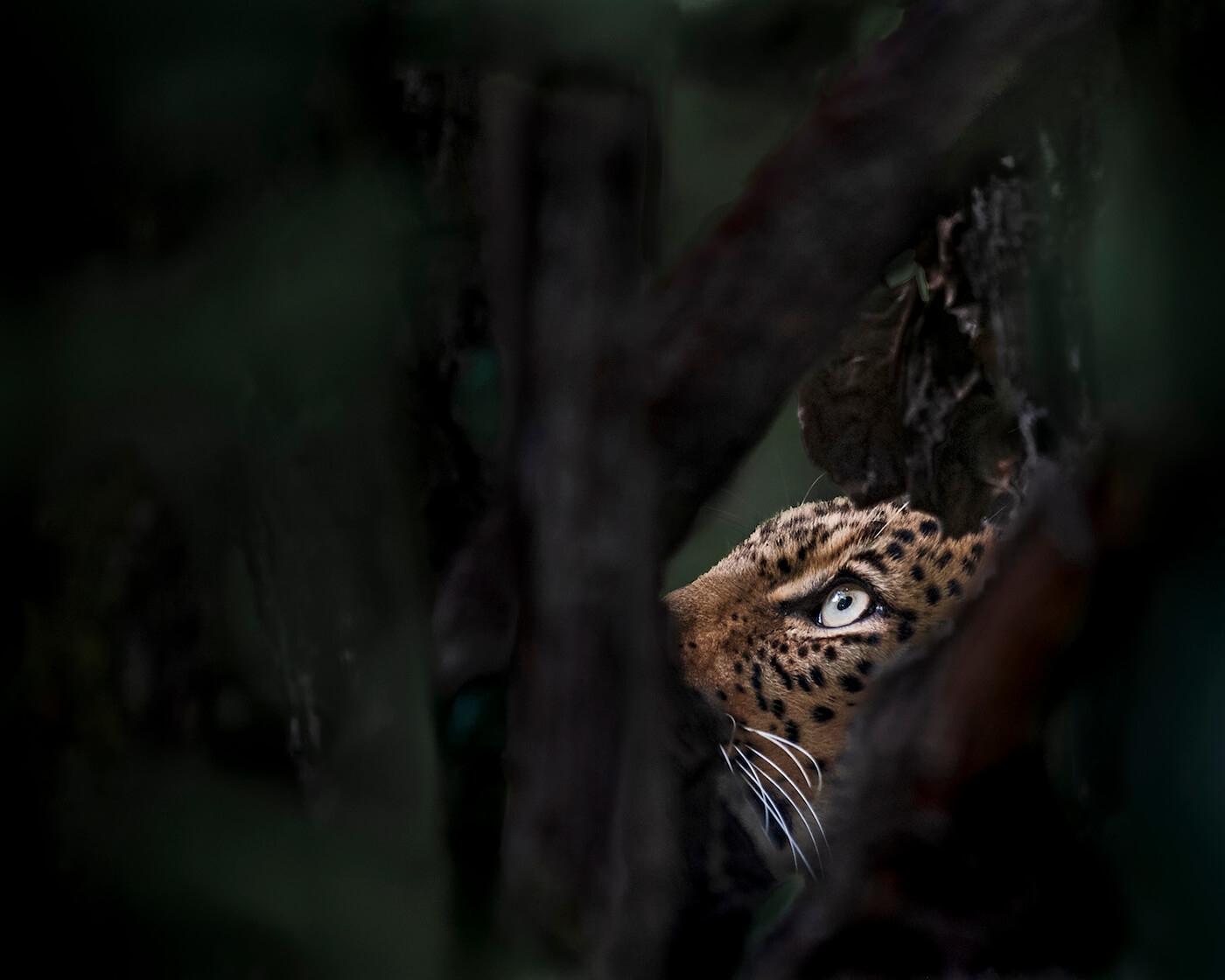
LEOPARD – TURGAY’S FAVORITE SHOT
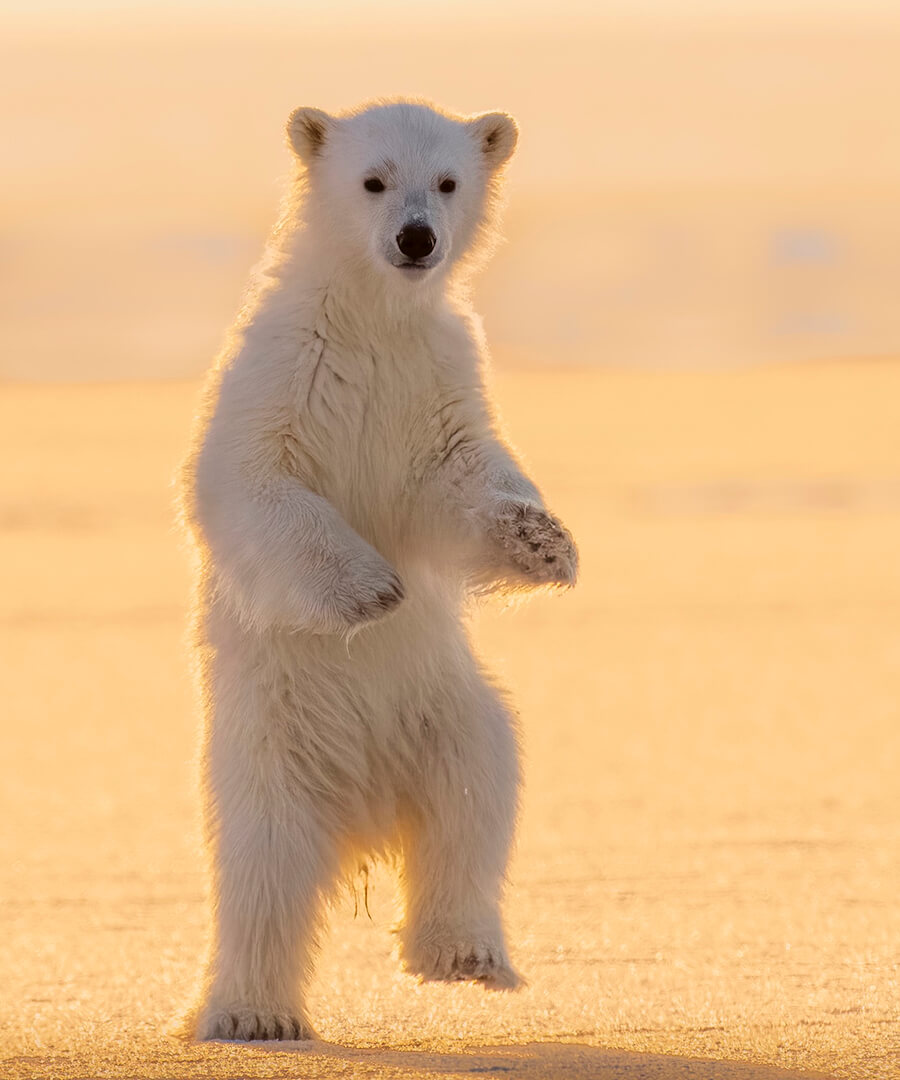
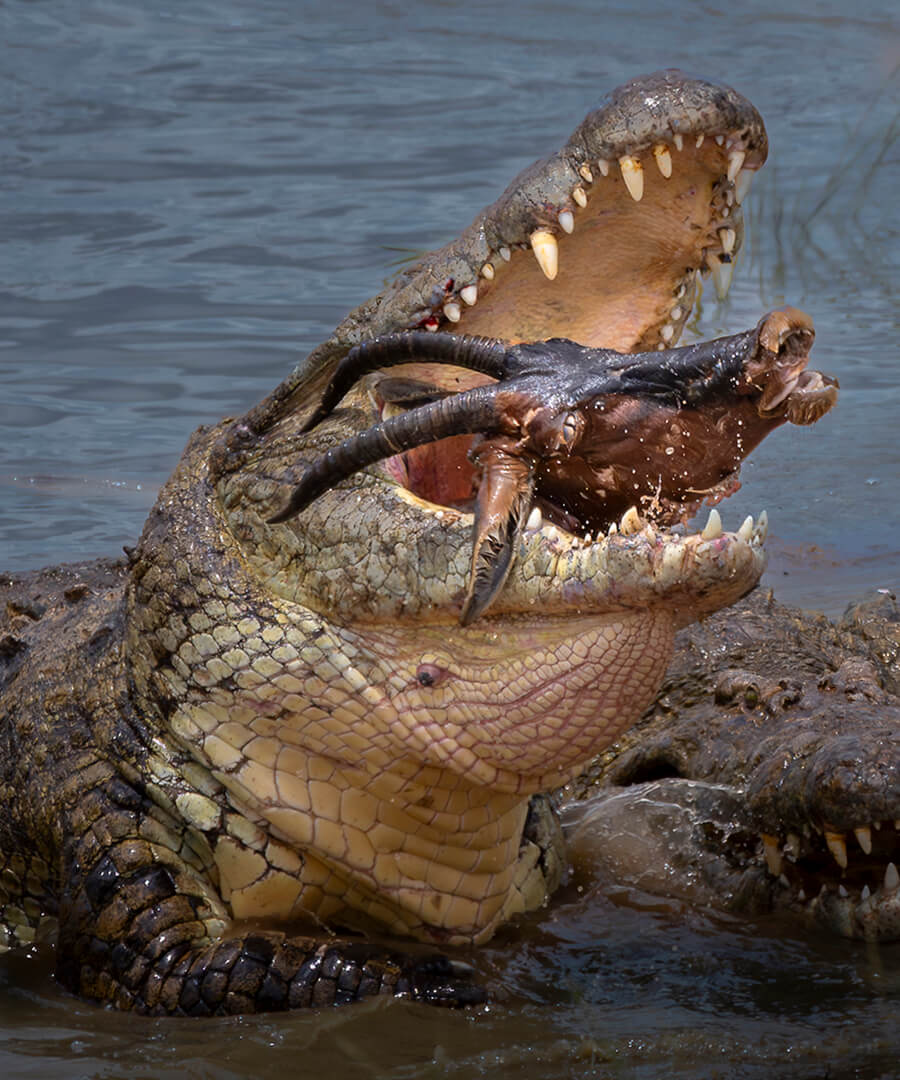
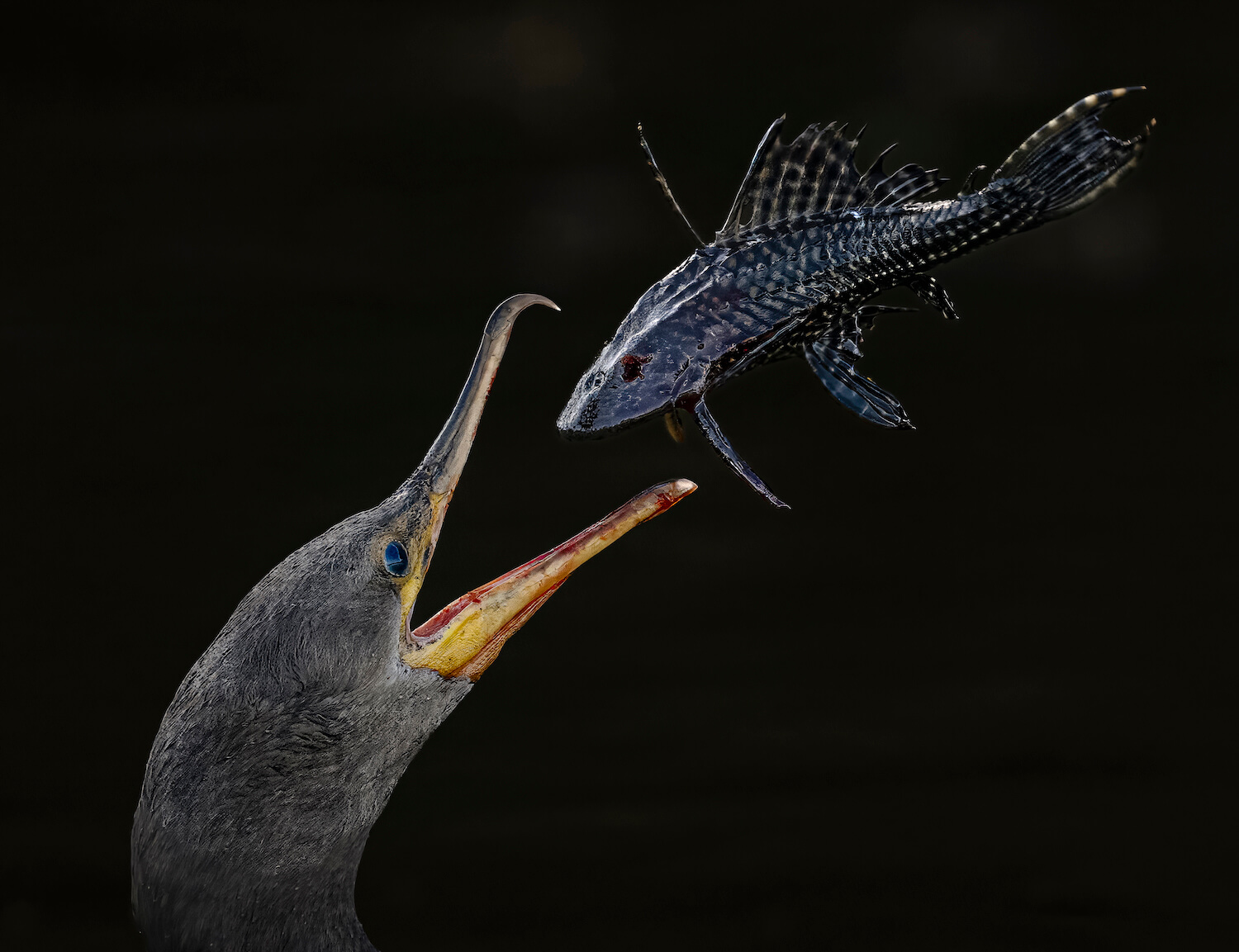
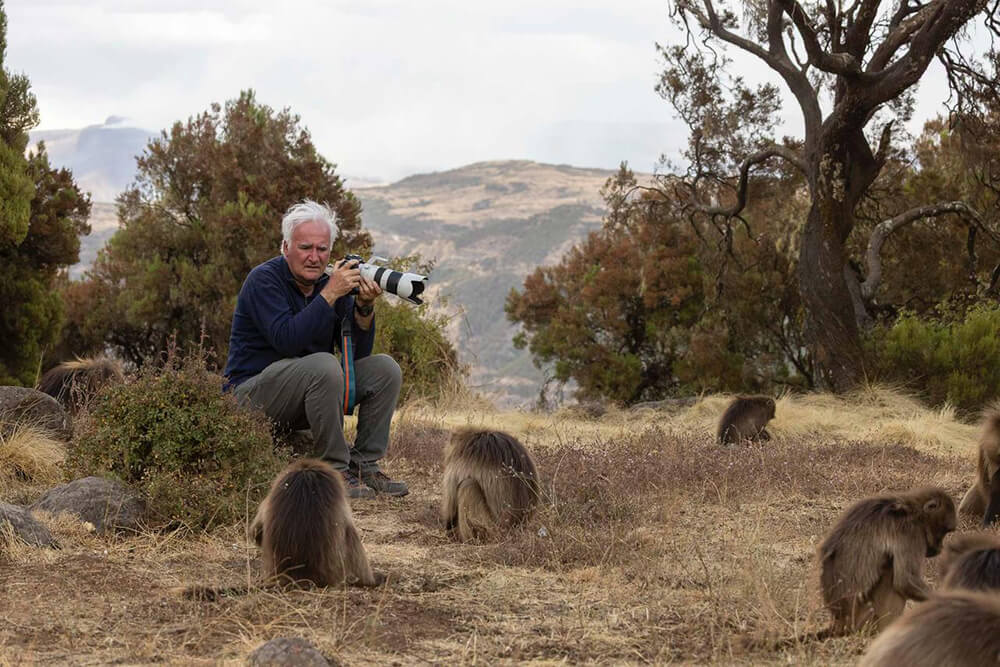
TURGAY IN THE WILD – PHOTOGRAPHING THE GELADAS
All images © Turgay Uzer
See more at www.turgayuzer.com and follow him on Instagram: @upgrademeforfree.
